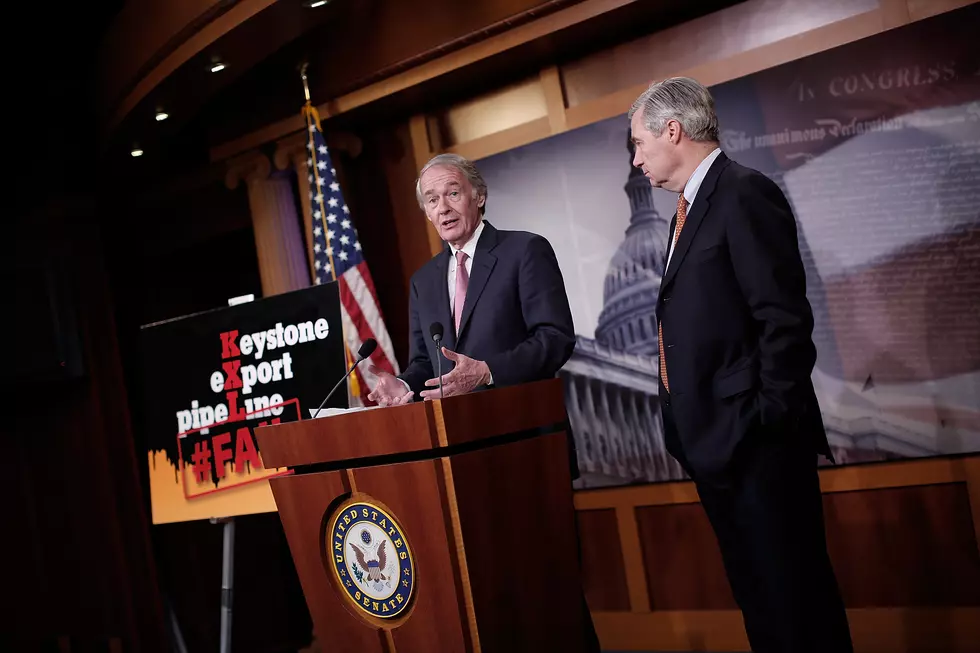
Friday Fun Facts About Vetoes
Recently the president vetoed the XL Keystone pipeline and congress came up five votes short to override that veto.
What Is A Veto Anyway?
According to Article I, Section 7 of the US Constitution says that, “every bill” and “every order, resolution or vote to which the concurrence of the Senate and the House of Representatives may be necessary,” must be presented to the president for his or her approval.
The president has ten days after receiving the bill to exercise one of three options.
- Sign the bill into law
- Veto the bill
- Or take no action during the ten-day period (not including Sundays), which would automatically make it a law without his signature.
What Happens Next?
Usually a veto is threatened by the president to force the House and Senate to work together to make a more palatable bill.
In the case of the Keystone pipeline the president threatened to veto the bill beforehand and was not in favor of the bill as presented and cast his veto by returning the bill to Congress unsigned.
Overriding a Presidential Veto
Congress can override a presidential veto by a two-thirds majority vote in both houses.
The override of the Keystone Pipeline veto failed in the Senate by five votes. So the bill will not become law and no pipeline.
The History of Overrides
Franklin Roosevelt holds the veto record with 635 followed closely by Grover Cleveland who vetoed 414 bills in just four years in office.
The record for having the most vetoes overridden belongs to Andrew Johnson, successor to Abraham Lincoln. Fifteen of Johnson’s 29 vetoes were overridden by Congress.
Harry Truman had 12 of his 250 bills overridden and that tied him with Gerald Ford who also had 12 of his 66 bills overridden.
In more recent history the following have had overrides as well. Jimmy Carter 2, Ronald Reagan 9, George H.W. Bush 1, Bill Clinton 2, and George W. Bush 4.
Some Final Thoughts
You have to give the founders a lot of credit. They sure seemed to think of every contingency.
They wanted a legislative, judicial and executive branch that would check and balance each other
Rarely does one party control all three branches. And that usually changes every two years due to our elections.
It seems to have worked pretty well for well over 238 years. It’s what makes a republic work. Power to the people through the ballot box is a pretty remarkable thing.
When you think about it you can veto the candidate you like least by voting for someone else. Congratulations you have a pen and a phone.
More From KMMS-KPRK 1450 AM



![[POLL] Will You Got Back to Restaurants and Bars When They Open?](http://townsquare.media/site/8/files/2017/04/Adam-Berry.jpg?w=980&q=75)
![[POLL] Should wearing a mask in public be mandatory?](http://townsquare.media/site/8/files/2020/04/GettyImages-1213079528.jpg?w=980&q=75)
![[POLL] Will You Tune Into The Tom and Shane Saturday Show?](http://townsquare.media/site/8/files/2020/04/TomShaneFB.jpg?w=980&q=75)

![[POLL] Will The Tourists Return To Montana?](http://townsquare.media/site/119/files/2019/04/Tourism-1.jpg?w=980&q=75)

